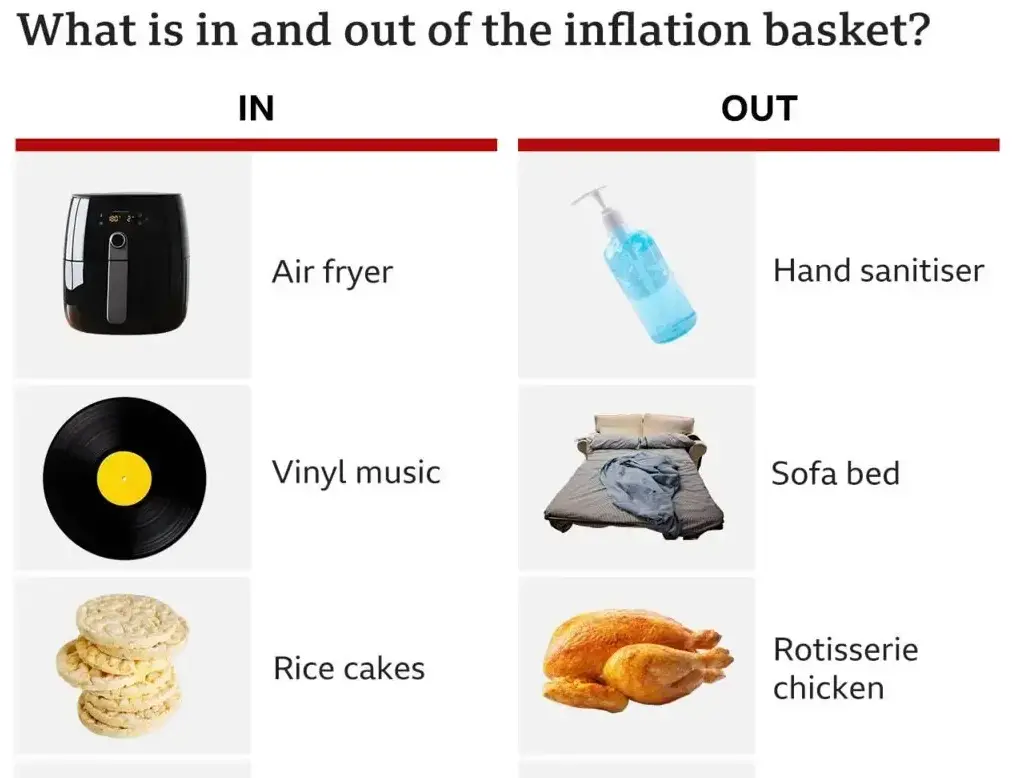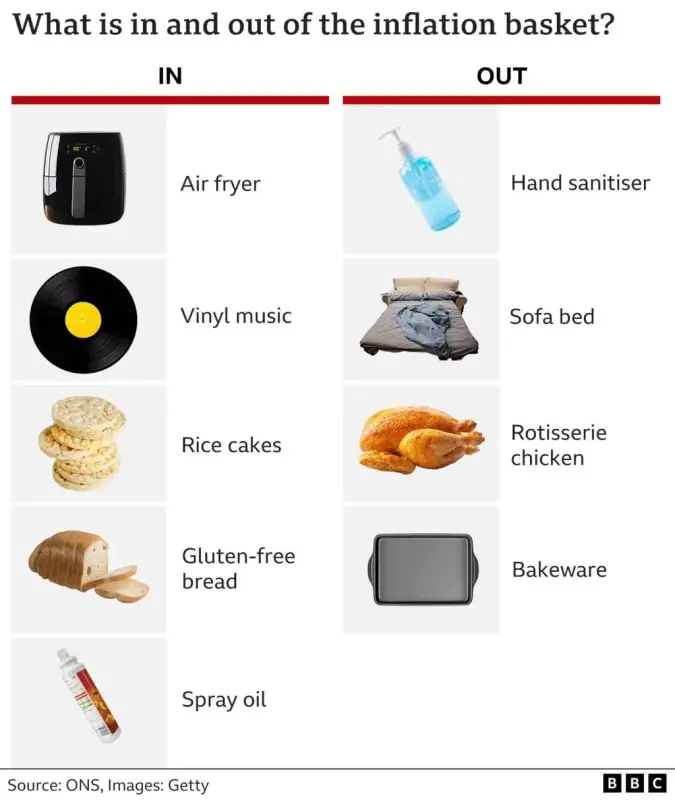
The BBC has published guidance on writing alt text for images, sharing it externally with the aim of helping to boost accessibility to news across the industry.
Here Johny Cassidy, who works in the BBC News Digital Special Projects team, writes for Press Gazette to explain why – and share some quick tips for publishers.
There’s been a massive increase in the use of visual data journalism in recent times, but the growth in the use of charts and graphs, infographics and maps to translate and illustrate complicated data has created an unequal experience for those of us who access information in a different way. People like me and the millions of others like me who are blind or use a screen reader.
The RNIB (Royal Institute of Blind People) estimate that in the UK alone more than 2 million people are living with some sort of sight loss. Across the world the World Health Organisation say it’s more like 236 million and growing as people get older.
The stark reality for blind people is that not enough thought, time or resources are being put into how to make visual data more accessible. This glaring accessibility gap means that blind audiences are missing out on huge swathes of vital information.
In 2022 I was lucky enough to complete a fellowship with the Reuters Institute for the Study of Journalism at Oxford University where my research was focused on how we need to ensure blind people aren’t left behind in the visual data revolution .
This research was primarily focused on data visualisations and how to make them more accessible for blind audiences, but it quickly became clear that there was a real opportunity to really raise our accessibility game by looking at how we provide an equitable and equal experience for people through better alt text for all our images and not just the complex graphs and charts. The truth is there’s been a distinct lack of consistency in how we offer an equitable experience to our blind and visually impaired audiences.
Since then I’ve been leading on a BBC project to create detailed guidance for all our journalists across the world on how to write the most meaningful and impactful text descriptions for all the images we use. That guidance and accompanying mandatory training is currently being piloted and will be rolled out more widely across the BBC in the coming weeks and months.
BBC News is committed to deliver news you can trust to all. Our strategy is called Value for All, and that means everyone. With new technology and commitment we can deliver better value to more of the public – including those who are blind and those who use screen readers.
As someone who’s impacted every day by the lack of accessibility on many websites and digital products it’s brilliant to be able to look at this work and know it’s going to make a difference to so much of our audience.
We’re publishing the guidance publicly on an external GEL site as well, and I’m hoping that it’ll be taken up by the wider journalism industry as an easy way to increase accessibility and inclusion and to demonstrate real commitment and value for all.
Maybe an example will bring it to life – sighted readers, just read the description, and try to picture what the image might show: Graphic showing what’s in and out of the inflation basket
While not necessarily inaccurate, this description clearly gives no information. We can improve it very simply, by describing the information in the image. If we do that, the description much clearer: Infographic showing what’s in and out of the ONS inflation basket. The in column contains air fryer, vinyl music, rice cakes, gluten-free bread, and spray oil, whilst the out column contains hand sanitiser, sofa bed, rotisserie chicken, and bakeware.

How journalists can improve their alt text descriptions
Now that you have a better understanding of the problem many readers with blind audiences face, there are some simple things you can do to improve your text descriptions:
- Think about describing the image to someone on the phone who does not have it in front of them. Will your text description convey the content and context of the image clearly and sufficiently?
- When describing people, race and/or ethnicity should be mentioned only when relevant – this is in line with the BBC News style guide, but a good rule of thumb for all of us.
- Avoid using terms like ‘picture of’ or ‘image of’. Screen readers explain when something is a graphic, so there will be unnecessary audio repetition for screen reader users. But do use terms like ‘illustration of’, ‘sketch of’ or ‘watercolour of’, where appropriate, to show the style of an image.
- Keep your text descriptions brief and descriptive. 150 characters is a good rule of thumb, but will depend on the level of detail needed.
- Avoid adding information to the text description that’s available elsewhere in the piece.
- Use plain language and avoiding technical jargon and abbreviations.
- Whichever image you are describing, please don’t leave the image description blank. Doing so results in the screen reader announcing a generic code label which is meaningless to the user and will detract from the overall experience.
- Practise, practise, practise! Writing good text descriptions is a skill. It will come in time so don’t be hard on yourself if you don’t get it right straight away. The fact you’re trying is a fantastic start.
This type of accessibility project doesn’t just happen. It’s taken an incredible amount of work and commitment from many different people across the BBC. Support from the News Board and senior leadership has also been integral to getting us to this point.
Many newsrooms have a disability deficit which means issues around accessibility aren’t known about. The BBC isn’t perfect by any means, but there’s a willingness to learn about accessibility from those of us with the lived experience.
If we can amplify and leverage that across all newsrooms then all audiences will begin to receive a truly equitable experience.
Email pged@pressgazette.co.uk to point out mistakes, provide story tips or send in a letter for publication on our "Letters Page" blog
